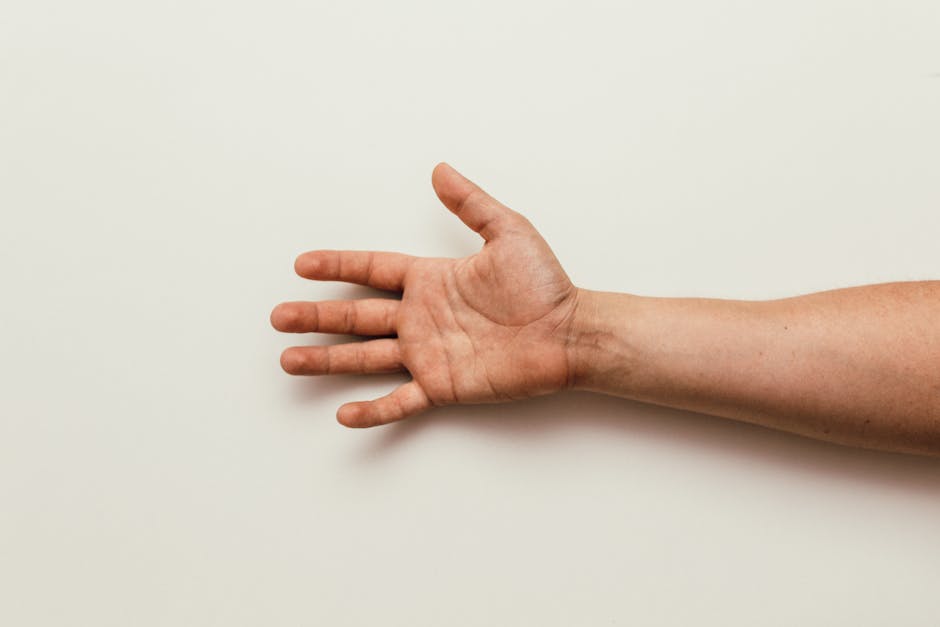Mental Health: The Role of Art Therapy
In recent years, mental health has emerged at the forefront of global health discussions. As awareness grows, so does the exploration of various therapeutic interventions. One such intervention gaining momentum is art therapy. This blog delves into the transformative role art therapy plays in mental health, supported by statistics, examples, and actionable tips.
Understanding Art Therapy
Art therapy is a unique form of psychotherapy that encourages self-expression through creative processes. It utilizes the act of creating art to improve a person’s physical, mental, and emotional well-being. This therapeutic technique not only helps in alleviating symptoms of mental distress but also promotes self-discovery and healing.
What is Art Therapy?
Art therapy is conducted by professional art therapists who are trained to understand the nuances of human emotions and expression. They guide individuals in using art materials such as paints, clay, or digital media to create art that reflects their feelings and thoughts. This non-verbal form of communication can be particularly beneficial for those who find it challenging to express themselves through words.
The Principles Behind Art Therapy
The principles of art therapy are rooted in the belief that creative expression can foster healing and mental well-being. It is based on the premise that the process of creating art can help individuals explore their emotions, develop self-awareness, and manage stress. This form of therapy is adaptable, allowing therapists to tailor techniques to suit individual needs.
The Mental Health Benefits of Art Therapy
Art therapy offers a multitude of mental health benefits. By providing a safe space for expression, it helps individuals process complex emotions and experiences. Here are some key mental health benefits associated with art therapy:
Reduction in Anxiety and Stress
Engaging in art therapy can significantly reduce anxiety and stress levels. A study published in the Journal of the American Art Therapy Association found that 75% of participants experienced a decrease in cortisol levels, a hormone associated with stress, after engaging in 45 minutes of creative activity.
Improvement in Emotional Resilience
Art therapy encourages the exploration of emotions, which can enhance emotional resilience. By expressing themselves creatively, individuals learn to navigate their feelings, build coping strategies, and improve their ability to handle emotional challenges.
Enhanced Self-Esteem and Confidence
The act of creating art can boost self-esteem and confidence. Completing an art project provides a sense of accomplishment and can help individuals recognize their capabilities and strengths.
Facilitation of Trauma Recovery
Art therapy is particularly effective in trauma recovery. It provides a way for individuals to express traumatic experiences without the need for verbal articulation, which can be overwhelming. Art therapists work with individuals to help them process and integrate traumatic memories, promoting healing.
Art Therapy Techniques and Examples
Art therapy incorporates various techniques, each tailored to meet the specific needs of the individual. Here are some commonly used techniques and examples:
Drawing and Painting
These are the most common forms of art used in therapy. Drawing or painting allows individuals to visually express their thoughts and emotions. For example, someone dealing with grief might create artwork representing their lost loved one, facilitating a process of mourning and remembrance.
Collage Making
Collage making involves assembling different materials such as photos, magazine cutouts, and fabric to create a new piece of art. This technique can be particularly effective in helping individuals piece together different aspects of their identity or life experiences.
Sculpting and Clay Modeling
Sculpting with clay or similar materials offers a tactile experience that can be grounding and soothing. It is often used to help individuals with sensory processing issues or those who benefit from hands-on activities.
Digital Art
With technological advancements, digital art is becoming increasingly popular. It provides a flexible and accessible medium for individuals to engage in art therapy, especially for those who may be more comfortable with technology.
How to Incorporate Art Therapy into Your Life
Incorporating art therapy into your life doesn’t require professional training or artistic skills. Here are some actionable tips to get started:
Create a Safe Space for Art
Designate a specific area in your home where you can freely engage in creative activities. Ensure this space is free from distractions and filled with art supplies that inspire you.
Set Aside Regular Time for Creativity
Dedicate a specific time each week for art therapy. Consistency is key to reaping the therapeutic benefits of art. Treat this time as a vital self-care ritual.
Join Art Therapy Workshops or Classes
Consider joining local art therapy workshops or online classes. These can provide guidance and community support as you explore art therapy techniques.
Use Art to Express Your Emotions
Whenever you’re feeling overwhelmed, turn to art as a form of expression. Create without judgment or expectation, focusing on the process rather than the outcome.
Conclusion
Art therapy stands as a powerful tool in the realm of mental health, offering a creative avenue for healing and self-discovery. Its ability to bridge the gap between emotions and expression makes it an invaluable resource for those seeking to improve their mental well-being. Whether you’re dealing with anxiety, trauma, or simply looking to enhance your emotional resilience, art therapy can provide a nurturing path toward mental health.
By incorporating the techniques and tips discussed above into your life, you can unlock the transformative potential of art therapy and embark on a journey of healing and self-exploration.
Share this content:
About The Author
Discover more from J and J Fitness
Subscribe to get the latest posts sent to your email.




